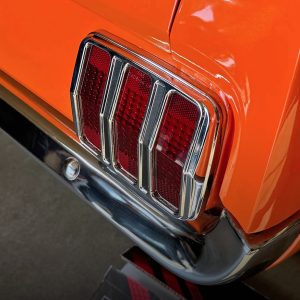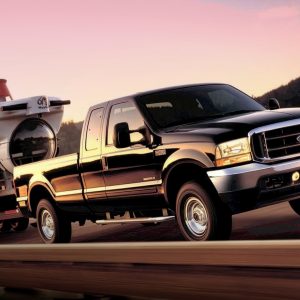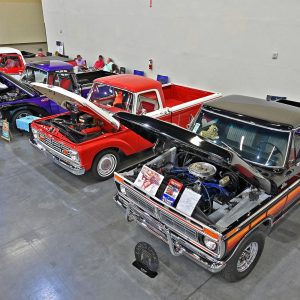Drag Race

We all know itʼs what lies beneath the paint that really matters—a good chassis, great metalwork, and great design. Yet, having said that, the paint job still remains the single most important element of any rod or custom. After all, even if the groundwork has been laid, your bodywork is straight and great, your design is fine and your mechanicals are flawless, a poor paint job can spoil it all.

Magna Charger may not be a name immediately familiar to most Ford owners, but if your Camaro-owning buddy beat you out at the track during your last grudge match, Magna Charger may be the reason.

Craig Hammon is the type of guy who can cherish the best of the old times, while also being able to appreciate the benefits of these new times. This versatility is apparent when one learns not only of his choice of car, but how he came to own it. It seems that Hammon has always wanted a Plymouth ’Cuda. And while this is not an unusual thing in and of itself (we would love to have one, too), when it came time for him to really get serious about buying one, he looked to the Internet. More precisely, Hammon went looking for his dream car on eBay.
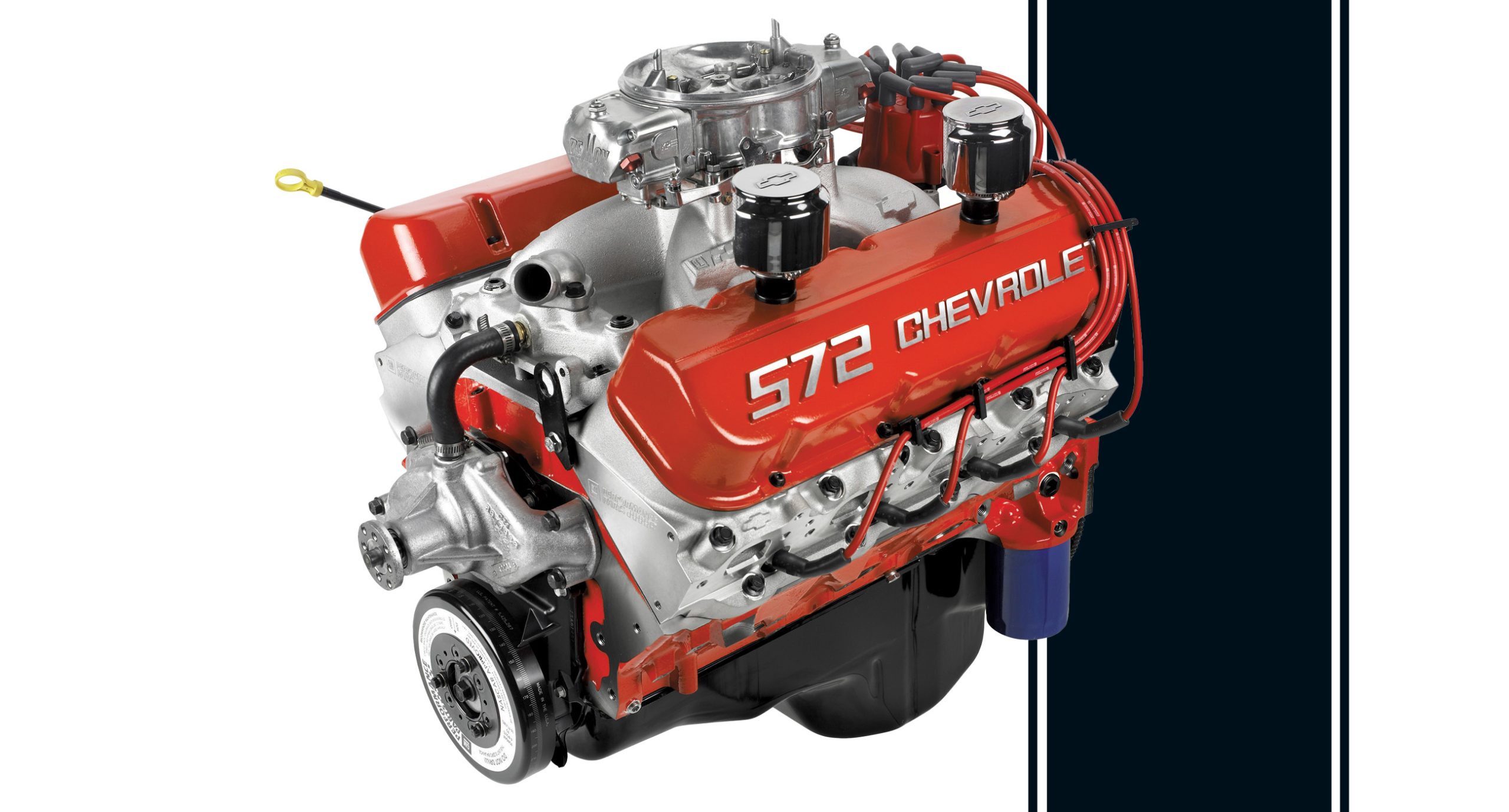
If you’ve ever imagined a time when you could simply pick up the phone or send an e-mail to General Motors and order the engine of your dreams, pull it out of a box delivered to your door and plug it into the car of your dreams, then stop dreaming as that time has come. While it’s not new information that GM Performance Parts provides an assortment of engines to choose from, it’s never been easier to select the one that is best for your budget and the intended purpose of your car.

Have you ever seen a pictorial like this that tells where the location actually is? We didn’t think so, but don’t you just love a good mystery? Good, because that’s exactly how the owner wanted this incredible story left: unfinished. So we had to make part of it up. But which part? The interesting thing is this: Just when you think there are no old cars left to rebuild, think again!

Bob Gruitch just thought his car was not performing up to his expectations. A ’55 Chevy equipped with a 502 big block, square port heads and a Crane H296-2 camshaft should be more than enough power. But it lacked power and didn’t idle all that well, especially in gear. This shouldn’t be happening with an engine built by John Gianoli at Reggie Jackson’s High Performance Engine Shop, so Gruitch figured he had something wrong and brought the car to John Bishop’s Hot Rod Tuning Service to have it checked. He’s lucky that he did.
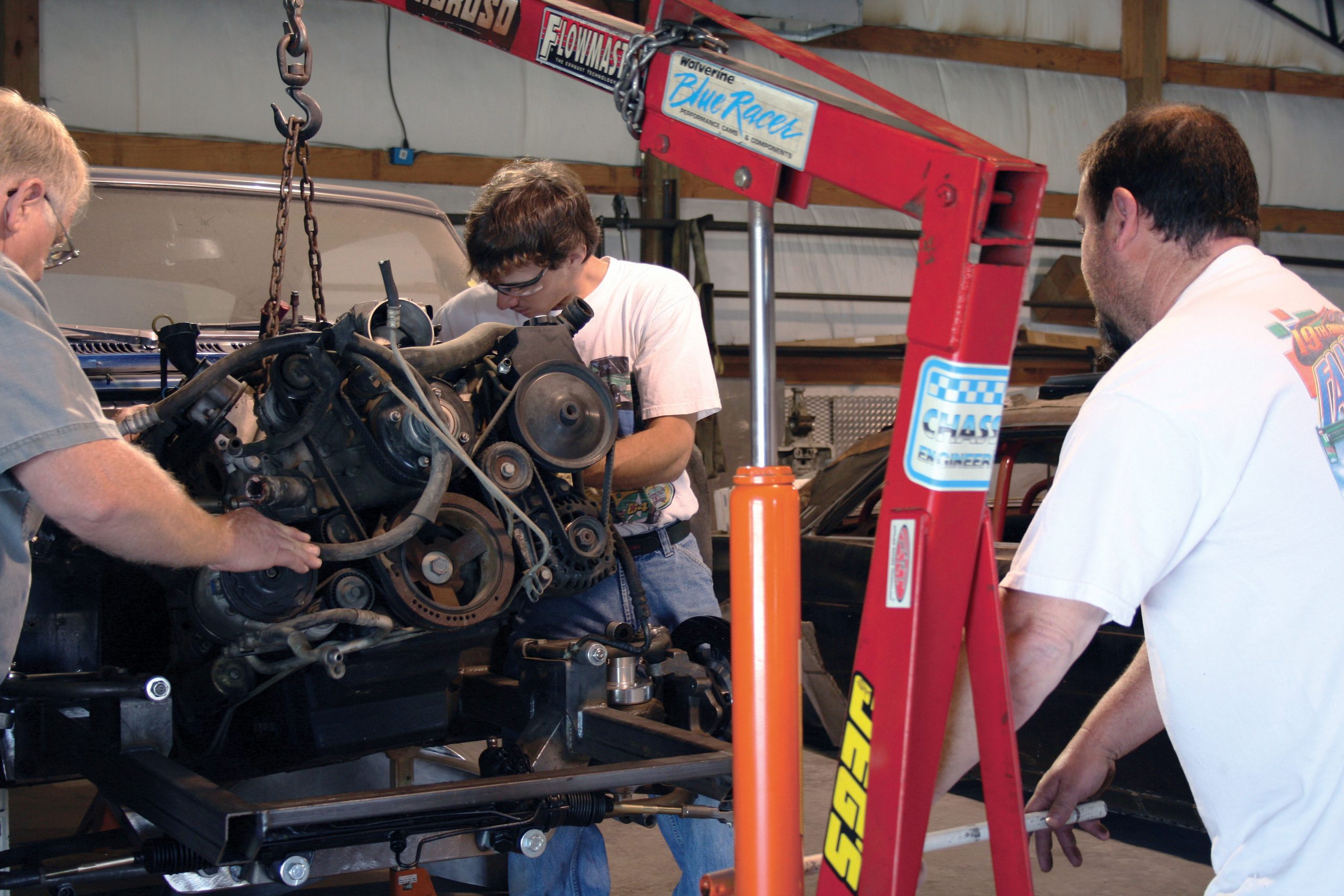
When GM introduced the Gen III small block in the F-body, it rekindled a dying performance flame with its new-generation small block. While the Gen I small block actually kick-started the hobby and got it into gear, it’s the latest family of small-block engines that has grabbed the attention of enthusiasts everywhere—and for good reason.
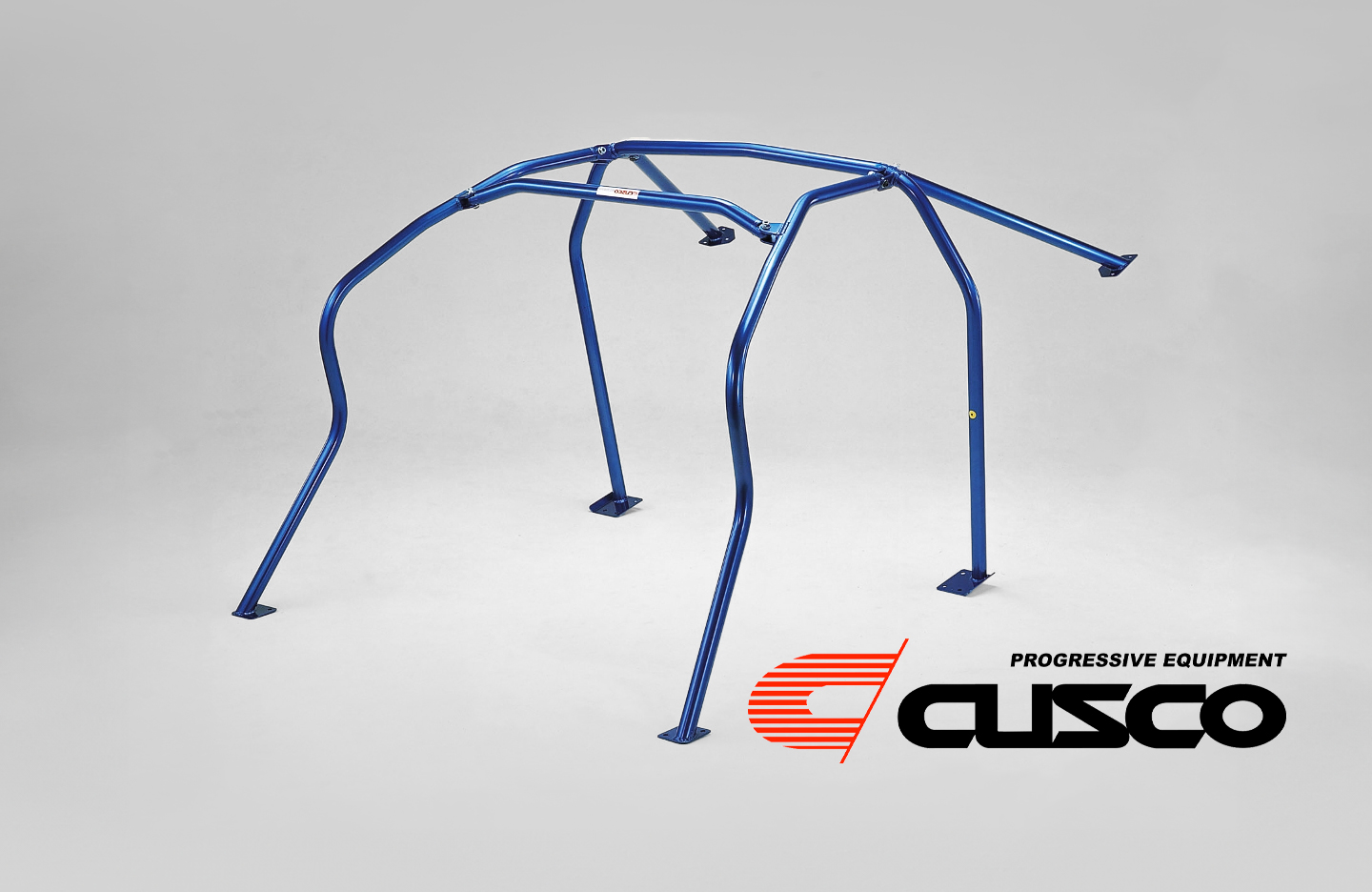
The name Cusco is synonymous with high-end, well-made performance parts. Even though we don’t often see Cusco parts on U.S. soil, when someone has them, people seem to recognize the parts immediately. Cusco specializes in many specific aftermarket automotive parts, but this month we’re going to get a firsthand look at the ins and outs of installing a six-point Cusco cage into a Nissan 240SX.
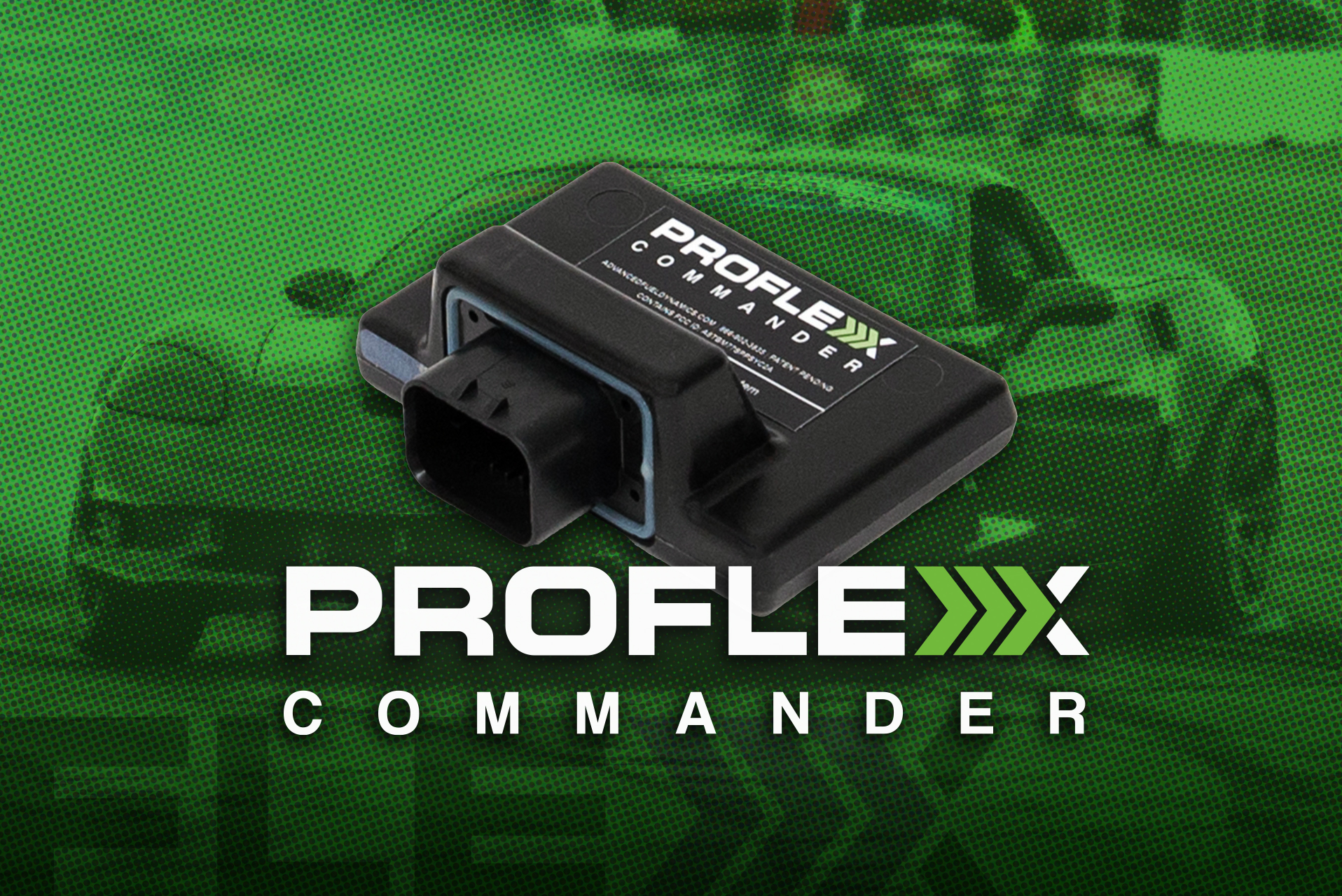
While at LS Fest, we noticed several drivers spending a lot of time tuning their rides before hitting the track, dialing them in to try and gain an edge over the competition. This left us puzzled. If you’re looking for an edge, there’s no better way to optimize your performance with E85 than with a flex fuel system from Advanced Fuel Dynamics.
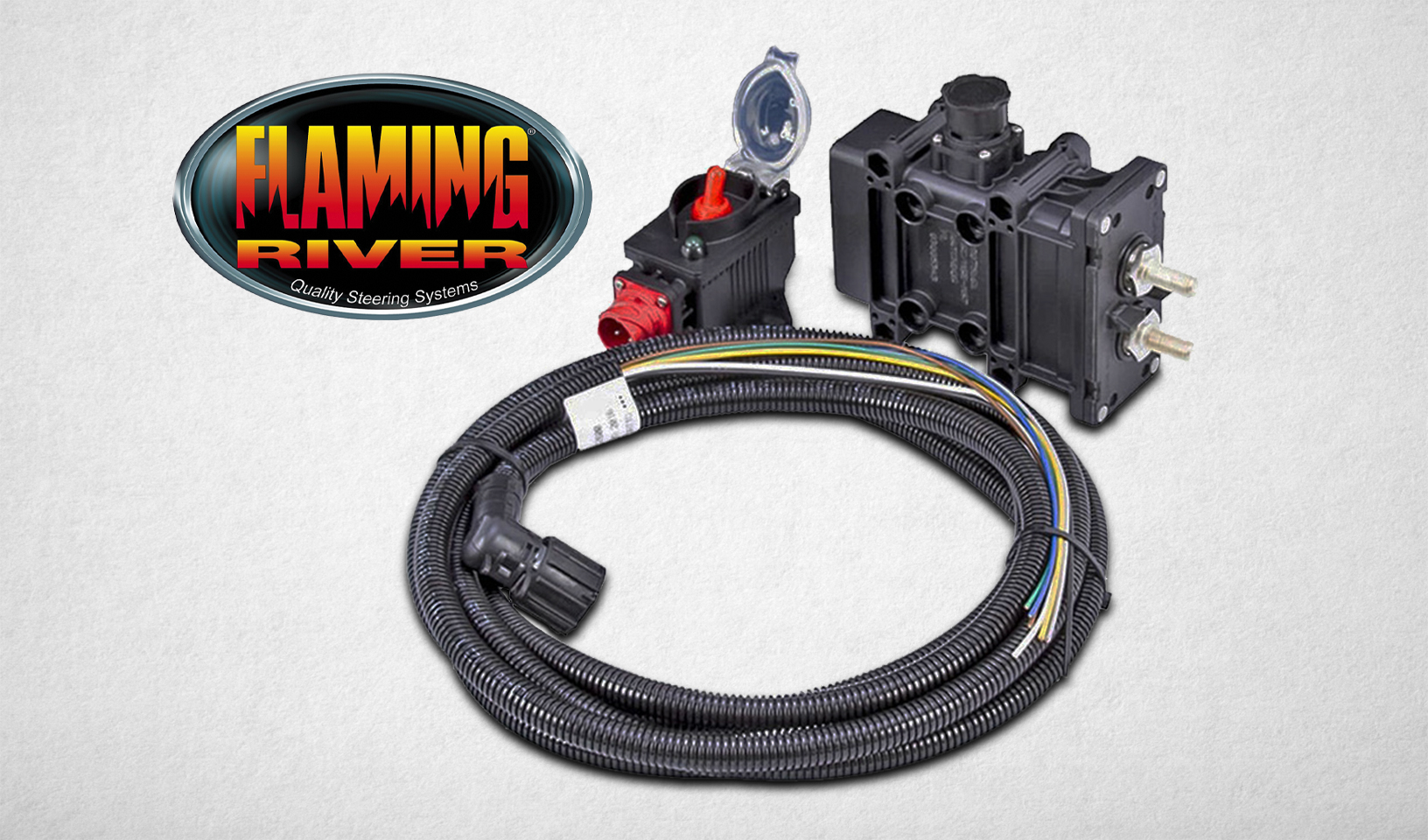
In the realm of automotive care, ensuring the safety and longevity of your vehicle’s electrical system is paramount. The Watch Dog Automatic Battery Disconnect Safety Switch by Flaming River stands out as a premier solution for managing battery power with unmatched reliability and innovation. Whether you’re fine-tuning a classic car, gearing up for a race, or navigating rugged off-road terrain, this switch is engineered to protect your battery and electrical components under all conditions.









